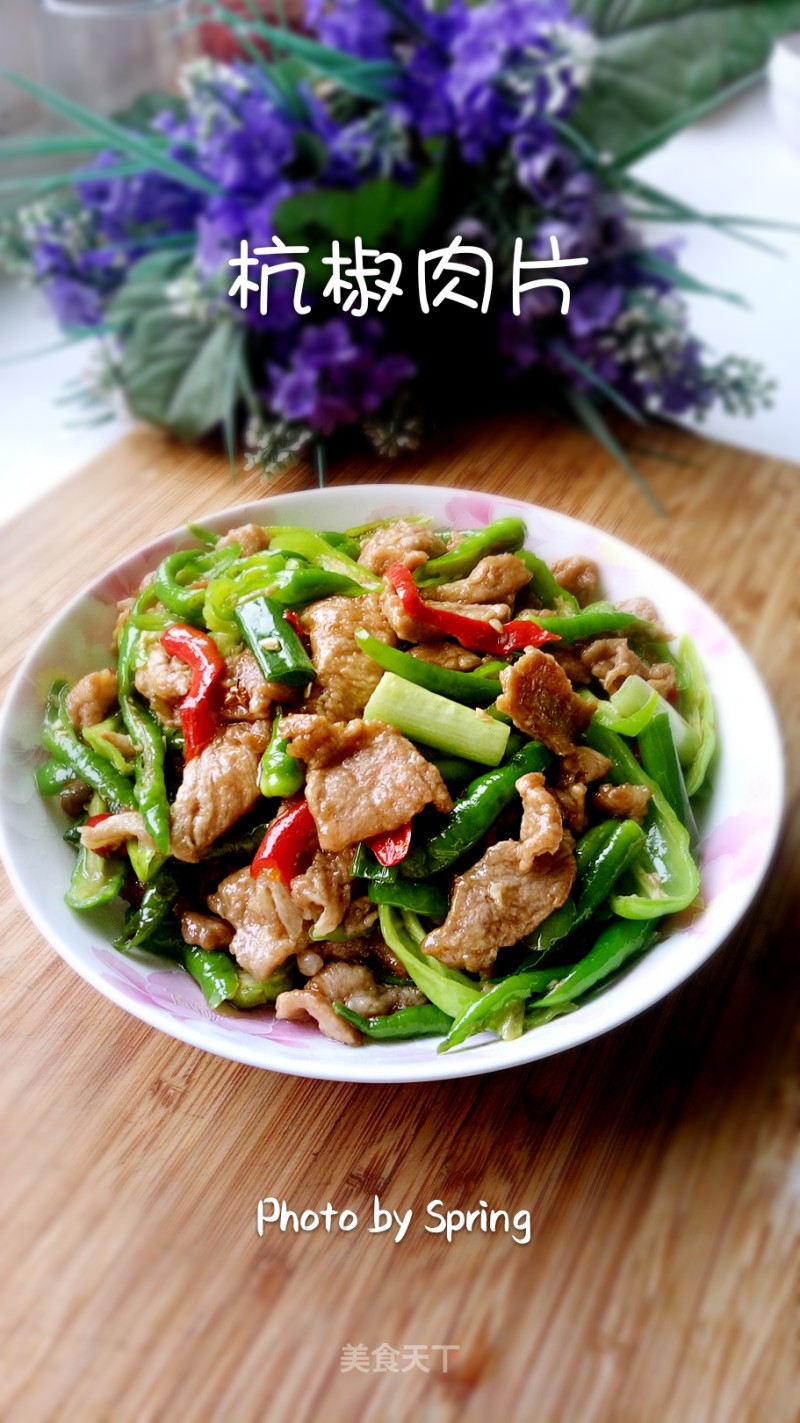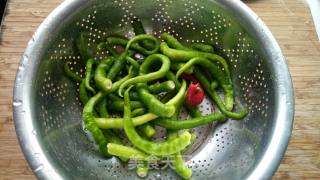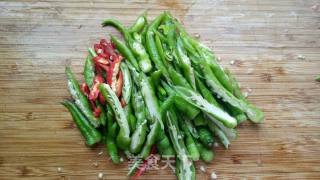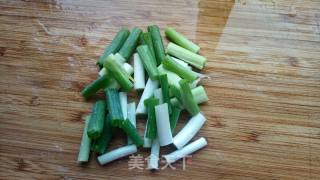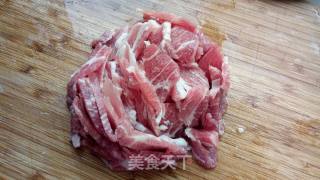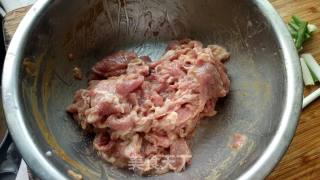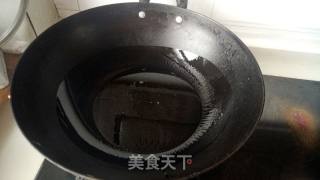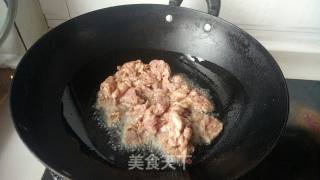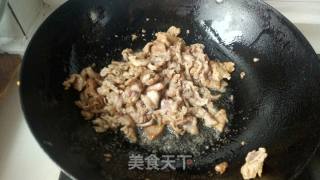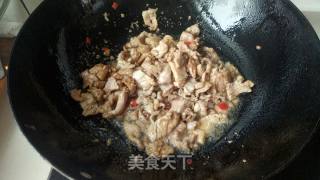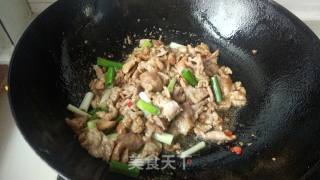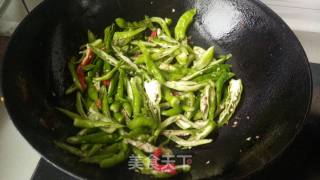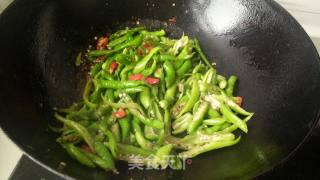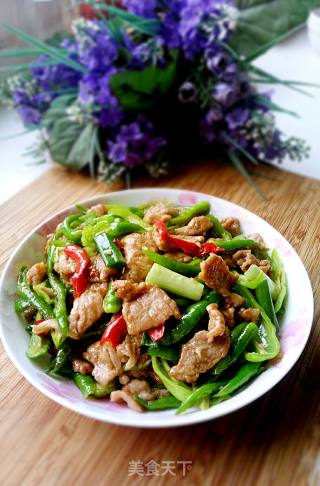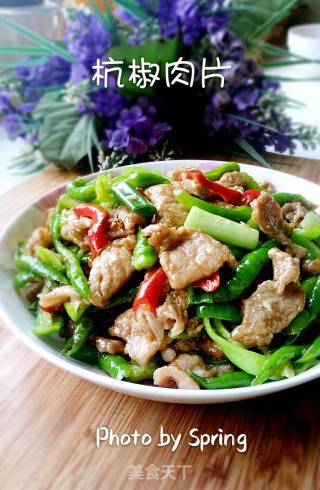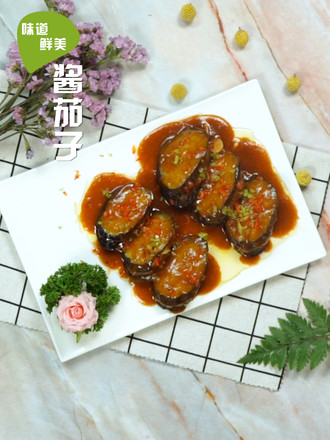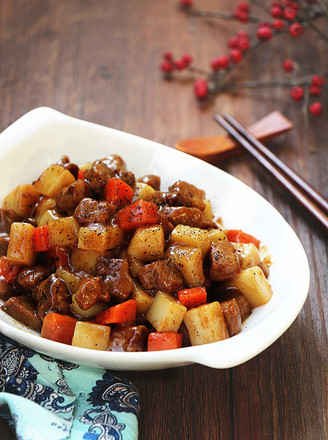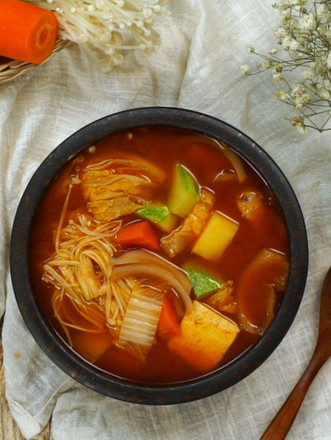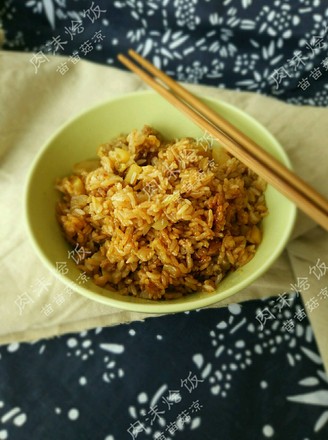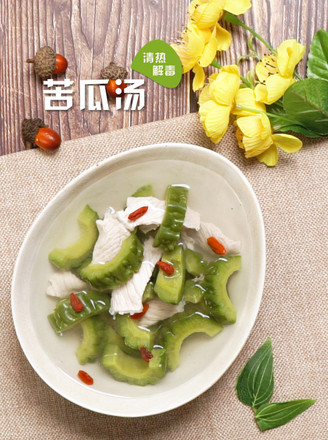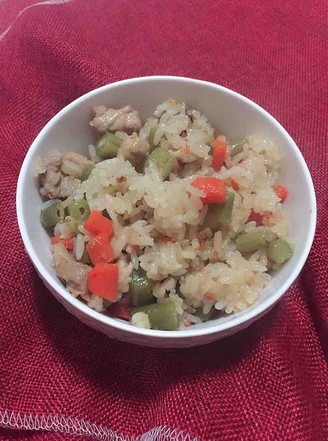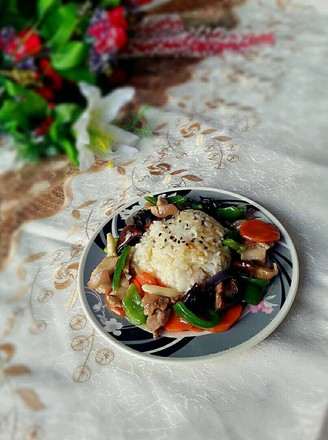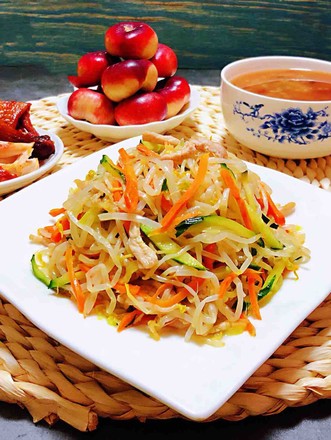【sichuan Cuisine】hangjiao Pork Slices
by Spring sister
Favorite
Difficulty
Normal
Time
20m
Serving
2
Hangjiao is similar to Erjingtiao from Sichuan, but it is not the same variety. The Erjingtiao is relatively long and slender. When it is green, it can be used for cooking or made into pickled peppers. After maturity, the color is bright red, the tip of the pepper has a curved hook, and it is spicy and sweet. It is a kind of high-quality red pepper in Sichuan and Chongqing. Hangjiao is an improved variety that was successfully cultivated in Hangzhou. It is a hybrid of chicken feet pepper and Jilin early pepper. It is relatively thicker, longer in length, moderately spicy, and more tender and juicy. It is more suitable for stir-frying. Many restaurants now have dishes named after Hangjiao, such as Hangjiao Beef Fillet, Hangjiao Chicken, Hangjiao Beef and so on.
My husband has a special liking for Hangjiao, and he never forgets it. He is happy to use Hangjiao to stir-fry any dishes. There is hardly any broken Hangjiao in my refrigerator this summer.
I like to go to the naturally formed vegetable market next to the park to buy vegetables. There used to be no market. There are too many people living in the surrounding communities. It is not very convenient to buy vegetables. Some people set up small stalls there to sell vegetables. There are more people. Thank the government for not letting the city management drive out these hawkers, but to comply with the public opinion and manage them as the market, so that the initial mess became orderly.
Nearby farmers, uncles and aunts like to take the fruits and vegetables grown in their small gardens to sell there. The tender melons and vegetables are fresher and more attractive than those in the supermarket, and the prices are reasonable. Most of these uncles and aunts are straightforward, never short of shortfalls, and often wipe out the fraction or give more, especially when the "little girl" or "little girl" greets people. It’s not so good. You have to know that my daughters are very big.”
My husband has a special liking for Hangjiao, and he never forgets it. He is happy to use Hangjiao to stir-fry any dishes. There is hardly any broken Hangjiao in my refrigerator this summer.
I like to go to the naturally formed vegetable market next to the park to buy vegetables. There used to be no market. There are too many people living in the surrounding communities. It is not very convenient to buy vegetables. Some people set up small stalls there to sell vegetables. There are more people. Thank the government for not letting the city management drive out these hawkers, but to comply with the public opinion and manage them as the market, so that the initial mess became orderly.
Nearby farmers, uncles and aunts like to take the fruits and vegetables grown in their small gardens to sell there. The tender melons and vegetables are fresher and more attractive than those in the supermarket, and the prices are reasonable. Most of these uncles and aunts are straightforward, never short of shortfalls, and often wipe out the fraction or give more, especially when the "little girl" or "little girl" greets people. It’s not so good. You have to know that my daughters are very big.”

